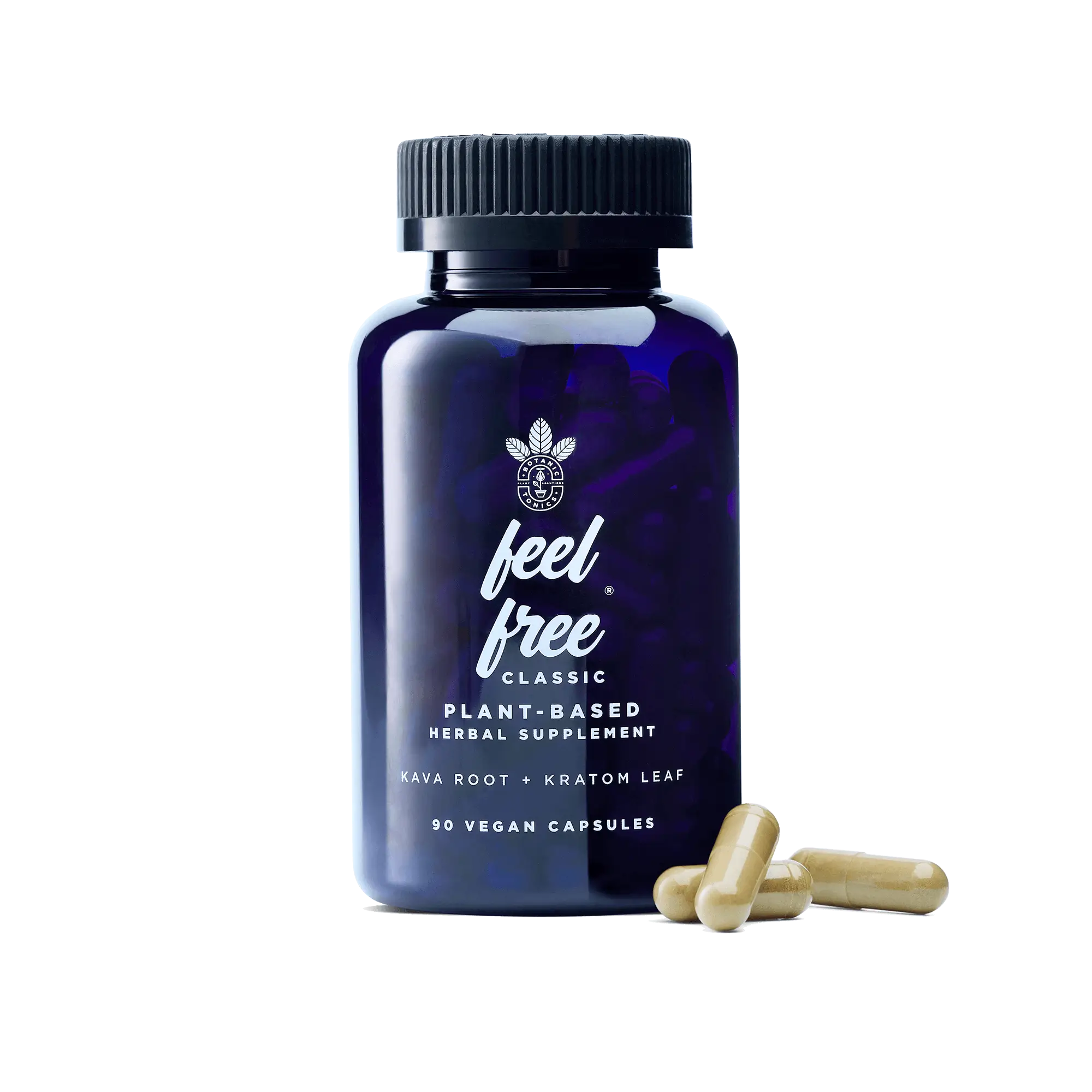In the realm of gastronomy, new flavors can inspire new plates, menus, and even entire restaurant concepts. If you’re an adventurous cook or fungi fan, you may be interested in this plant that stimulates the taste buds: the lion's mane mushroom.
With its shaggy appearance and potential cognitive benefits, lion's mane has piqued the curiosity of many eaters.
But before taking a bite, it’s only normal to ask, what does lion's mane mushroom taste like? In this blog, we will delve into the facets of the lion's mane flavor, including its diverse forms, the impact of quality on taste, and how to best prepare this intriguing mushroom.
What Is Lion's Mane Mushroom?

Lion's mane mushroom (scientifically known as Hericium erinaceus) is a remarkable edible fungus. With centuries of use in medical and culinary practices, this beautiful mushroom has earned its place on modern tableware.
The appearance of the lion’s mane mushroom is noteworthy alone, resembling the fawned-out mane of a lion in its many cascading white tendrils. Native to North America, Europe, and Asia, the benefits of lion’s mane have made it popular in therapeutic uses:[1,2]
- Improving cognitive function
- Fortifying brain health
- Enhancing mood
- Regulating blood sugar
- Reducing triglycerides and cholesterol
- Reducing inflammation
How Does Quality Impact the Mushroom’s Flavor?
Like many edible mushrooms, the quality of lion's mane significantly impacts its flavor. Fresher mushrooms tend to have a milder, more pleasant taste compared to those that have been stored for an extended period.
Additionally, quality impacts the delicate texture of lion’s mane mushrooms. Fresher lion's mane has a firmness that’s often more satisfying and handles cooking methods better. When sourcing lion's mane, opt for the freshest option available to ensure the most delightful flavor.
See related: How Much Lion's Mane to Take per Day?
Lion’s Mane Flavor Profiles
It’s unfair to relegate the lion's mane to a “health food.” This fungi is a sought-after culinary ingredient, with a taste described as mildly sweet and seafood-like, akin to scallops or crab. In short, this medicine usually doesn’t need a spoonful of sugar to go down.
Like many foods, lion’s mane has slightly different flavor profiles in different forms. Let’s explore how to take lion’s mane and how that may impact the taste:
- Fresh mushrooms – When enjoyed fresh, lion's mane retains its delicate seafood-like taste. The texture is tender yet slightly firm, making it a versatile ingredient in various dishes.
- Capsules – Lion's mane supplements are available in capsule form, primarily for their potential cognitive benefits. Typically, these capsules lack the distinct flavor of the mushroom itself.
- Powder – Lion's mane is also available in powdered form, which is commonly used as an ingredient in smoothies, teas, or even sprinkled over foods. The lion’s mane powder has a more concentrated intensity of the edible mushroom’s delicate seafood-like profile.
- Tea – Lion's mane tea is made by steeping dried lion's mane mushroom slices or powder in hot water. The resulting tea boasts a subtle earthiness with a hint of umami, offering a warming and comforting experience.
How to Cook Lion’s Mane Mushrooms
With its ethereal tendrils and oceanic notes, the lion’s mane mushroom is an ingredient that beckons culinary experimentation. To make the most of its unique flavor palate, you need the right cooking methods and recipes on your side.
As with many fungi, sautéing brings out the delicate and earthy flavors of lion’s mane mushrooms in spectacular form. Try this easy method to prepare your own fresh lion’s mane mushrooms:
- Clean the lion's mane mushroom by gently wiping away any dirt with a damp cloth. Avoid soaking it in water to maintain its texture.
- Slice the edible mushroom into manageable pieces, cutting in the direction of the tendrils.
- Heat a pan over medium heat and add enough butter or olive oil to coat the bottom of the pan.
- Add the sliced lion's mane to the pan and sauté until they turn golden brown, developing a slightly crispy texture.
- Season with salt, pepper, and any additional herbs or spices of your choice. Make sure to do so after the mushrooms have cooked, or else they may release their water content.
- Answer the question what does lion's mane taste like for yourself. (Hint: Delicious.)
Make Healthy Meet Easy with feel free

Lion's mane mushroom is more than a supplement. It’s a lovely addition to any kitchen table, offering both beauty and flavor in its unique form. From pastas to fish filets, this fungi can amplify your culinary experience while providing a boost of healthy brain power.
Care to bring healthy-yet-delicious ingredients like lion’s mane into your life? We’ve got you covered. Our feel free capsules gives you a healthy burst of lion’s mane, and other natural ingredients to enhance relaxation, productivity, and calm.
From our feel free CLASSIC tonic to our kava capsules, every product is a test for quality, so you can rest at ease with every serving. Even better? Our uniquely delicious recipes make for a tasty experience as you relax away.
Experience the kava difference for yourself, and try feel free today.
Sources:
- VeryWellMind. Lion's Mane Mushroom: Benefits, Side Effects, Dosage, and Interactions. https://www.verywellmind.com/the-benefits-of-lions-mane-89474
- Healthline. 9 Health Benefits of Lion’s Mane Mushroom (Plus Side Effects). https://www.healthline.com/nutrition/lions-mane-mushroom
















